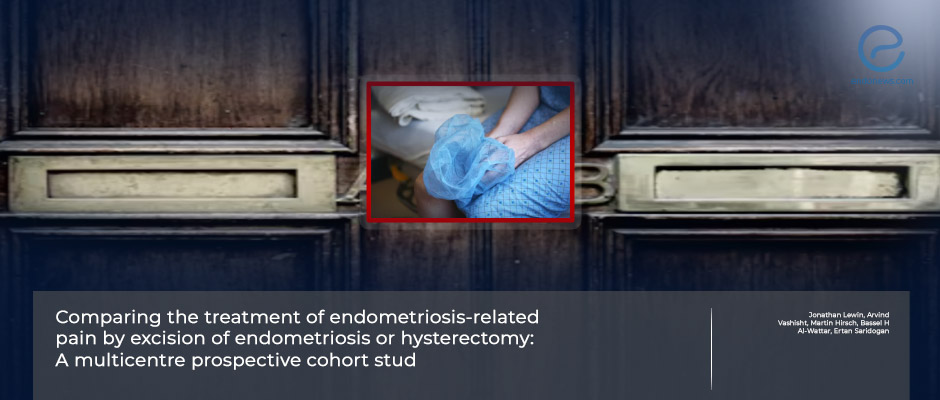Superiority of hysterectomy over lesion excision in the treatment of rectovaginal endometriosis
Confirmative treatment of endometriosis includes excision or ablation of visible lesions while conserving the uterus and ovaries. On the contrary, the radical approach involves total hysterectomy and even bilateral oophorectomy to create a hypo-estrogen state, remove adenomyosis if it exists,…
Key Points Lay SummaryMenopause-management strategies for women with endometriosis.
Menopausal hormonal therapy is the most effective treatment for menopausal symptoms, such as hot flushes, sweating, sleep disturbances, mood changes, and joint pain. Approximately 75% of all women experienced some degree of these symptoms, while 2-4% were diagnosed with endometriosis. Menopausal…
Key Points Lay SummaryRole of Prophylactic Oophorectomy in Endometriosis Patients with Ovarian Cancer History in the family - Farr Nezhat, MD
Dr. Nezhat starts his presentation by outlining his objectives, which are to review the basics of cancer genetics, give an overview about endometriosis and ovarian cancer, discuss the pathogenesis of malignant transformation of endometriosis, and talk about the clinical implications…
Key Points Lay SummaryEndometriosis and female pelvic pain in all aspects
Endometriosis is defined as the localization of endometrial glandular and stromal tissue outside the uterine cavity. The prevalence of the disease ranges between 6-10% in reproductive-aged women. However, endometriosis is more frequently encountered in women with chronic pelvic pain and…
Key Points Lay SummaryWhen Endometriosis Becomes Malignant
Anglesio and Yong recently wrote a review titled “Endometriosis-associated Ovarian Cancers” that was published in Clinical Obstetrics and Gynecology. This review explored the relationship between endometriosis and ovarian cancers. It is important to note that this review is a compilation of…
Key Points Lay SummaryWomen with Endometriosis Should Not Worry About Ovarian Cancer
Kvaskoff, Horne and Missmer recently published an article in The Lancet titled “Informing women with endometriosis about ovarian cancer risk.” This article was written to address the growing concern surrounding the information that women suffering from endometriosis are at increased…
Key Points Lay Summary
 By Selma Oransay
By Selma Oransay


 By Özge Özkaya
By Özge Özkaya

 By Hale Goksever Celik
By Hale Goksever Celik

 By Kasthuri Nair
By Kasthuri Nair
